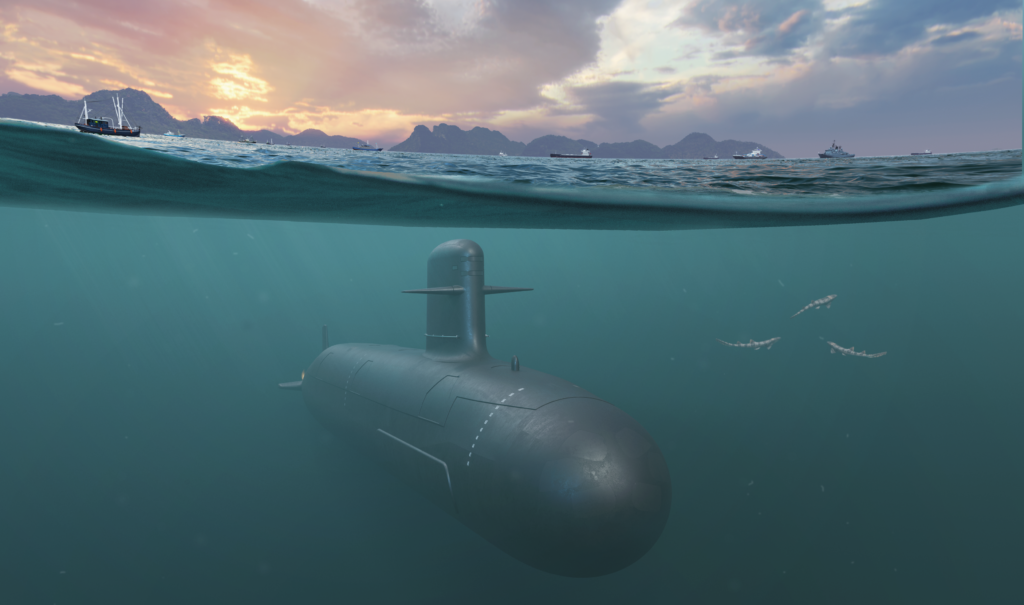Meaning of "submerged" in this case maybe "total submerged endurance" which mean with and without snorkeling. Because it's almost impossible for non-nuclear subs can fully submerged for 78 days without snorkeling (to recharge batteries)According to official sources, thanks to the full LIBs configuration, the Scorpene Evolved will have a total endurance of 80 days (with 78 of those submerged), an operational range of more than 8,000 nautical miles, a lower indiscretion rate, and maintain top speed longer. This can be achieved because LIBs can store and deliver more energy with shorter charging times than lead-acid batteries.

France Offers New 'Scorpene Evolved' Li-Ion Submarine to Indonesia - Naval News
In its latest proposal to the Indonesian Navy, France's Naval Group is offering the new Scorpene Evolved submarine with Lithium-Ion batterywww.navalnews.com
In comparison, KSS-III which combines AIP+Lithium-ion, only get 20+ days to fully submerged without snorkeling.

South Korea's KSS-III Batch 2 Submarine to Feature both AIP and Li-Ion Batteries - Naval News
Hyundai Heavy Industries (HHI) is currently building the third submarine of the KSS-III Batch 1 project in partnership with Daewoo Shipbuilding Maritime Engineering (DSME) Naval News learned at MADEX 2021 in Busan, South Korea.
And 9 days on soryu subs lithium-ion. (Estimated)
Performance Table, Lithium-ion Batteries (LIBs) vs Lead-acid Batteries (LABs)
A professional level blog on strategic matters, especially submarines (nuclear and conventional) in English, Hindi & most other major languages.




